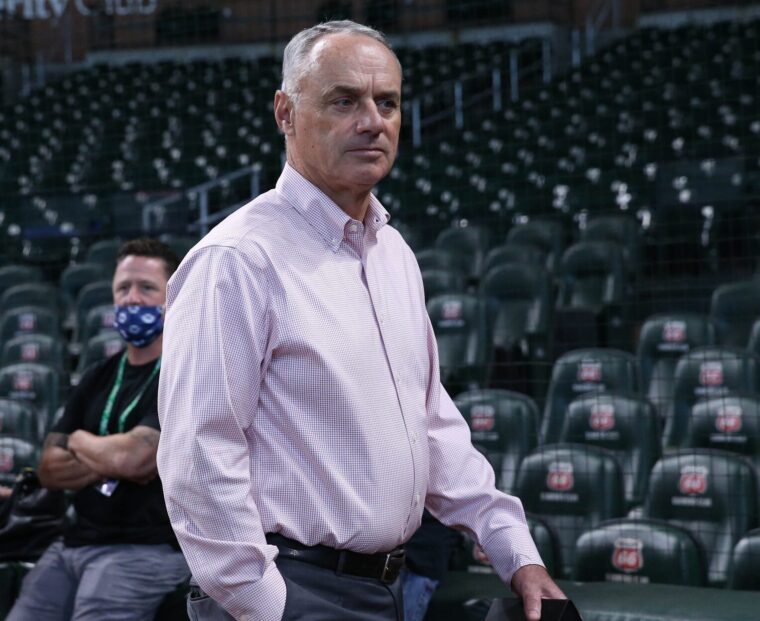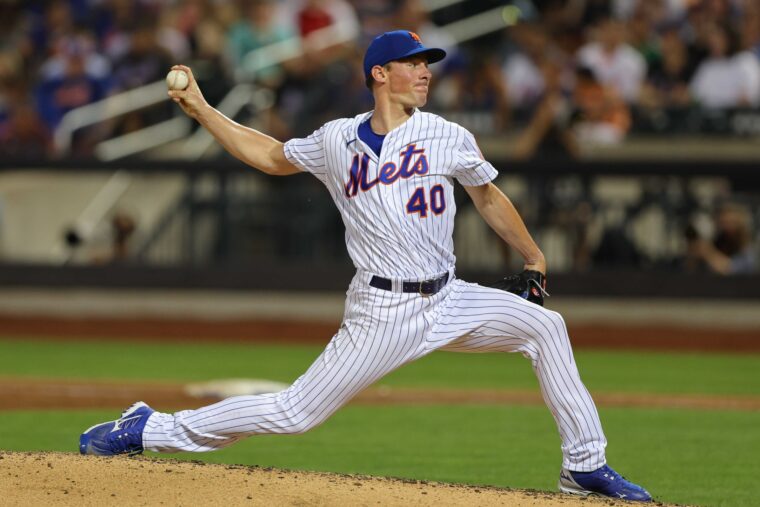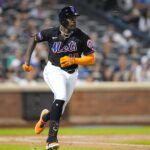
Troy Taormina-USA TODAY Sports
In 2015, the National Football League had “Deflategate,” when the New England Patriots were accused of supplying under-inflated footballs during home games while they were on offense. The idea was that such balls were easier to throw and catch. Now, Major League Baseball may be on the precipice of its own scandal involving game-used balls, centering on the weight of the baseball.
Here are the basics, according to an article from Insider by Bradford William Davis. Going into the 2021 season, MLB made a decision to deaden the baseball, as a means to have fewer home runs and more on-the-field action, such as doubles and triples. Many of the rule changes we will see in 2023 are being implemented with the same objectives, including enlarging the bases to shorten the distance between them, implementing pitch clocks, limiting pickoff throws and adding shift restrictions are all intended to encourage a quicker game pace and more base running with balls being put in play.
To deaden the ball before the 2021 season, manufacturing instructions were given to Rawlings to make the baseballs two and one-half grams lighter, which is seemingly counter-intuitive. However, the heavier ball carries farther off the bat (an average of one foot more carry on a ball expected to travel 375 feet). Commissioner Rob Manfred was very upfront about this change in the ball, announcing it during spring training of 2021. The lighter baseball works. According to the cited article, in the first month of the 2021 season, actual home runs were about 35% below expected home runs based on launch angle and exit velocity.
Then, something strange happened. In the middle of May 2021, home runs started trending back up. Manfred admitted that some of the older, heavier baseballs were put back into circulation at that time because of supply issues. Here’s what Manfred had to say during a press conference at the 2022 MLB All-Star Game:
“There were 2020 balls that were out there – I just said that, right? – so they would find some from the old process, some from the new. But once we switched to the new process, they were all produced under the new process.”

Vincent Carchietta-USA TODAY Sports
That should have been a short-term issue. However, players say that the league is continuing to use different baseballs. Mets pitcher Chris Bassitt spoke about the balls during the 2022 season:
“They’re all different. The first inning they’re decent; the third inning they’re bad; the fourth inning they’re okay; the fifth inning they’re bad…there’s no common ground with the balls.”
This all seems convoluted. But it gets worse. The Insider report notes that Dr. Meredith Willis, a Society for American Baseball Research astrophysicist, did independent research of over 200 balls that were used in games, sourced from fans who caught foul balls or home runs. Interestingly, players or league officials are strictly prohibited from giving baseballs to any independent researchers.
Wills found three different weights of balls, the heavier pre-2021 balls, the lighter 2021-2022 balls, and what has been termed the “Goldilocks Ball”, a ball that weighs one gram less than the heavier ball and one and one-half grams more than the lighter ball. To make this a bit more scandalous, all 36 “Goldilocks” balls that were found all came from either, postseason games, balls with commemorative stamps (such as All-Star game and special events), and Yankees games. Those would be cases where home runs may be a bit more attractive (consider Aaron Judge‘s home run title chase).
Of course, Manfred denies any inconsistency in baseball manufacturing.
“Every baseball that’s in use in ’22 was produced under the new manufacturing process” – meaning, the deader ball – “and in fact, the process has resulted in a more consistent baseball.”
MLB uses specific places to test baseballs, and, as noted, refuses to allow independent testing. An MLB spokesman said the following:
“The conclusions of this research are wholly inaccurate and just plain wrong. The 2022 MLB season exclusively used a single ball utilizing the manufacturing process change announced prior to the 2021 season, and all baseballs were well within MLB’s specifications…”
The following points also need to be considered:
- Baseball manufacturing is a manual process. The weight differences, although slight, come from how tightly the yarn in the center of the ball is wound.
- There will be slight variations in the weight of baseballs.
- MLB sets five to five and one-half ounces as the acceptable range of baseball weight, and all balls that Wills examined were within that weight tolerance.
Whether or not this turn out to be an issue is to be determined. However, we have heard about baseball inconsistencies for a couple of years, from how high the stitches are to how smooth the ball feels. It is reasonable that not every ball will be the same (and also virtually impossible for any difference to be identified without specific testing). However, if MLB is intentionally altering the baseball to the game being played and any special circumstances, that is not a good look for the game.
A game’s integrity is very important. The NFL disciplined the Patriots for their actions. Who can hold MLB accountable, especially if independent, random testing is not approved by the league and when done its conclusions are dismissed?
Rob Manfred likes to tinker with the rules of the game. If the ball issue is intentional, have he and MLB gone too far? In the absence of random testing, it may be a long time before we find out.















